Artnet News Pro
How Does an Art Fair Booth Get Nominated for the Turner Prize? A Q&A With Blindspot Gallery’s Founder Mimi Chun
The Hong Kong gallerist talks returning to Frieze London and the challenges facing the market at home.
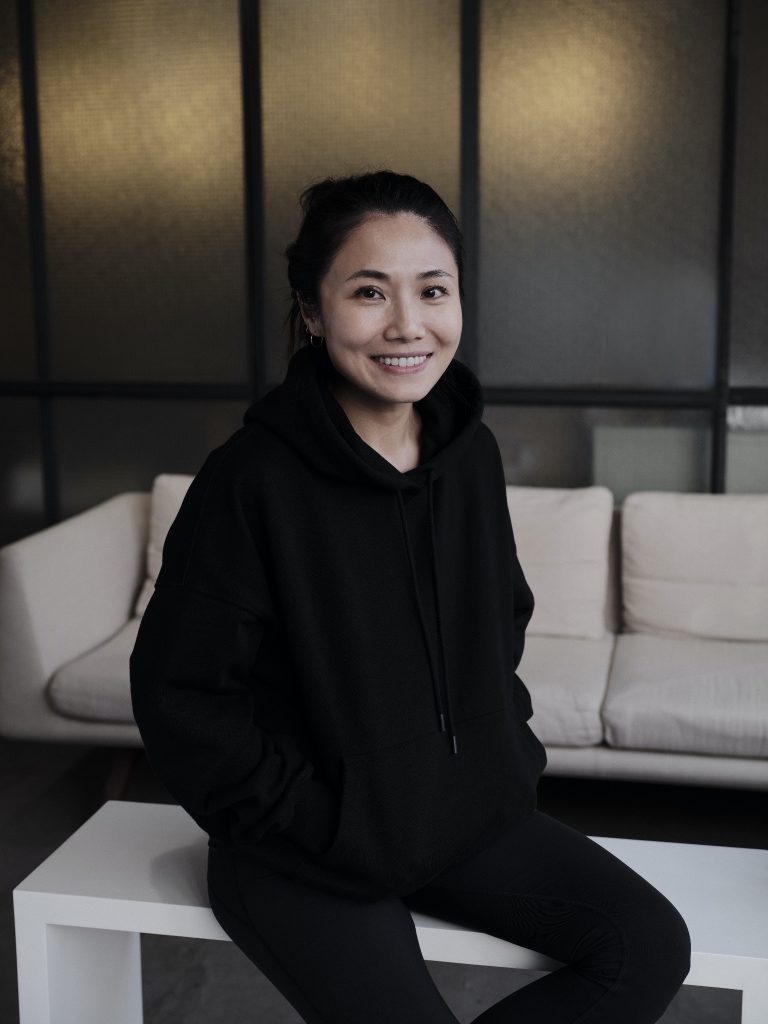
The Hong Kong gallerist talks returning to Frieze London and the challenges facing the market at home.

Vivienne Chow

Twelve carries a symbolic meaning in traditional Chinese culture. It stands for the completion of a 12-year cycle in the Chinese zodiac and embarking on a new journey. This could apply to the trajectory of the Hong Kong-based Blindspot Gallery.
When Mimi Chun, a photography graduate from London College of Communication, founded Blindspot in 2010, Hong Kong’s art market had just begun to take off. Fairs like ART HK and art auctions were gaining steam against the backdrop of the accelerating growth of the market in mainland China. The gallery intended to focus on contemporary photography and image-based media.
Twelve years on, Blindspot has grown into one of the leading galleries in the city. It has also expanded its program, featuring a diverse range of media and representing artists from Hong Kong, mainland China, and the wider region. Chun has also taken up public roles such as serving as the vice chair of Para Site, the local nonprofit contemporary art institution.
Now, the Hong Kong gallery is looking for more international exposure, particularly following the success of its presentation of Sin Wai Kin at Frieze London last year, which was nominated for the Turner Prize. We caught up with Chun on the gallery’s fair strategy, the evolving Hong Kong market, and why Asia can support multiple art hubs.
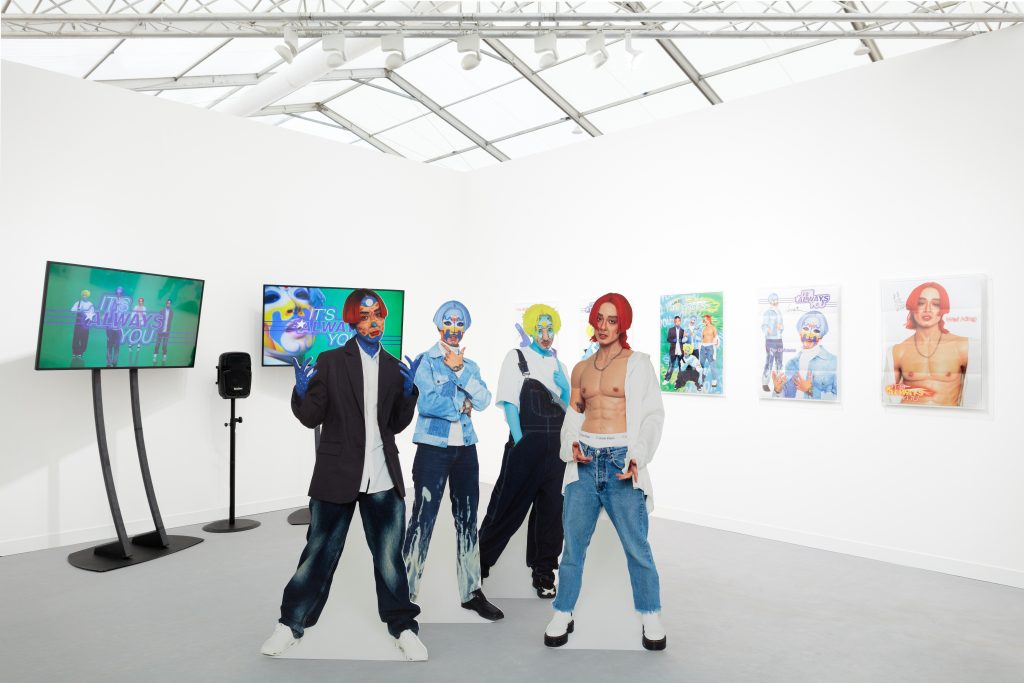
Blindspot Gallery, “Frieze 2021: Sin Wai Kin.” Courtesy of artist and Blindspot Gallery.
Blindspot Gallery’s solo presentation of Sin Wai Kin (b. 1991, Toronto) at last year’s Frieze London earned the artist a nomination for the 2022 Turner Prize, making them the youngest among the four nominees. How did the collaboration evolve?
We collaborated with Sin for the first time in 2019 in “Holy Mosses,” a group show featuring eight female or gender non-binary artists. The show explored the non-binary fluidity of gender and its expression across the amorphous expanse of organic nature. The practice of Sin, who was still known as Victoria Sin at the time, explores these themes through performances in drag.
We subsequently showed Sin’s video work BCE, a Whitechapel Gallery commission that they collaborated on with Sophia Al-Maria, the following year. Then Sin restored their Cantonese birth name Sin Wai Kin—their father is ethnically Chinese from Hong Kong, and Wai Kin, which means wisdom and intelligence, is a gender neutral name.
Last year, we presented It’s Always You, a video and mixed media project centering around a four-piece boy band comprised of masculine drag characters performed by Sin. This project consists of three parts: a presentation at Shedhalle, Zurich, which co-commissioned the project; our presentation at Frieze London; and a solo show at our gallery. Sin went through the 21-day hotel quarantine to visit Hong Kong. We are very happy that the project was a success, and we are expecting Sin to have more projects in Hong Kong.
Was it a surprise to you that a gallery booth at an art fair earned such a recognition? Does that speak to something larger about art-fair presentations?
We could not be there at Frieze London last year because of the Covid travel restrictions and operated remotely. It was indeed a surprise for us, as a Hong Kong-based gallery, to be recognized by a prestigious award jury. We are very proud of this and it has given us a boost in confidence.
We do not have an outpost outside of Hong Kong, and thus we treat our art fair presentations as a proper exhibition like our regular gallery shows. We try stage solo presentations at art fairs abroad. Sales are hard to predict but at least we can do our best to put on a good show. Artists get something out of it and we hope to leave an impression among the audience.
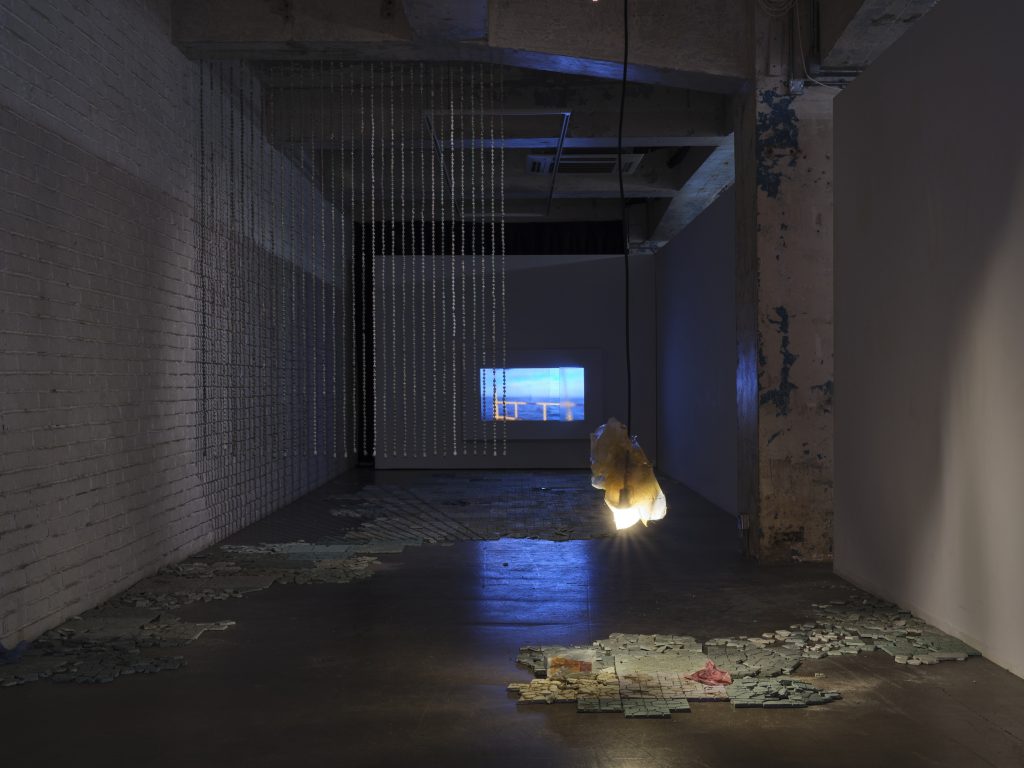
Installation view of “Soy Dreams of Milk,” the current exhibition at Blindspot Gallery. Courtesy of the gallery.
It has been 12 years since Blindspot was founded in Hong Kong in 2010. What are the biggest takeaways from this journey?
I wrote our press releases myself when we first started 12 years ago, and I still edit our press releases today. As a medium-sized gallery based in Hong Kong, things never got easier and we take impact from the constantly changing environment that is out of our control.
Our journey mirrors the growth of our artists. We have more artists on our roster, and they are getting more recognition locally and abroad, receiving invitations from biennials and institutions. We observe that contemporary artists from Hong Kong and mainland China have been getting more and more opportunities elsewhere in recent years. We feel that this could become a global trend.
As a Hong Kong gallery, Blindspot has been very active internationally. This year, for example, besides making a return to Frieze London, the gallery also supported Angela Su‘s Hong Kong exhibition in Venice during the Venice Biennale. Do you have further international expansion plans?
Thanks to the artists, we have a lot of international exposure this year. But honestly we do not take part in that many art fairs compared to others. Maybe we will be more proactive in the future. We also provide a lot of support for our artists’ participation in overseas exhibitions.
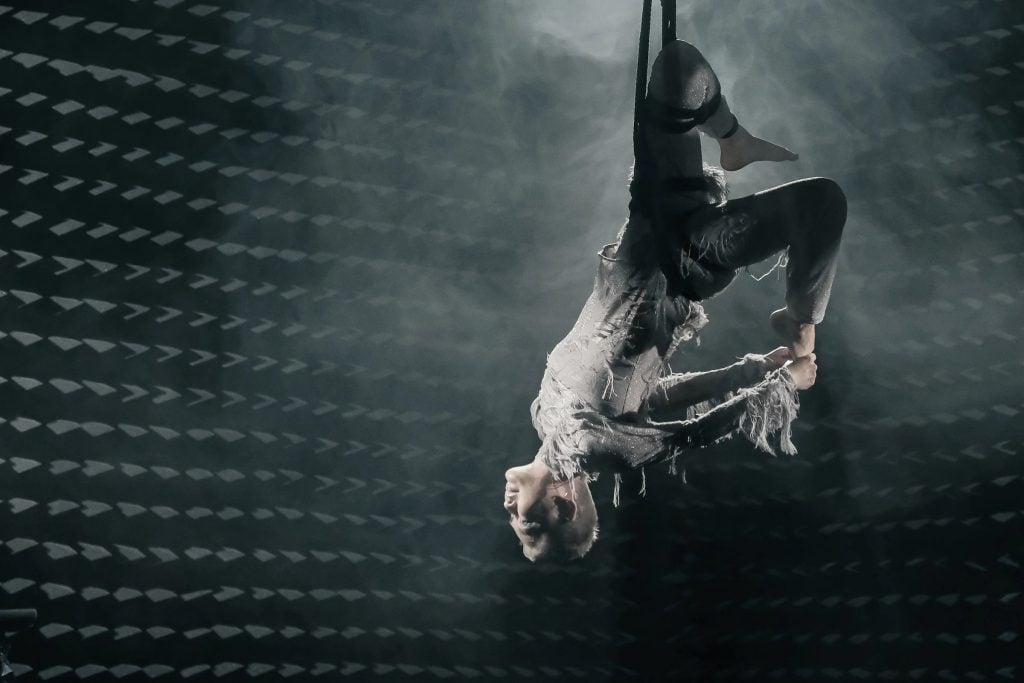
Angela Su, photo of performance for the video The Magnificent Levitation Act of Lauren O (2022). Video performance. Commissioned by M+. Photo by Ka Lam, courtesy of the artist.
There are reports of how Singapore and Seoul are aiming to become the next art hubs of Asia as it has taken a long time for Hong Kong to reopen amid Covid restrictions. How valid do you think those claims are? How is the art market in Hong Kong under Covid restrictions?
Many people picture that Singapore, Seoul, and Hong Kong will rival each other. But the truth is the Asian market has grown to such a state that we can afford to have more than one art hub. Are they going to compete with each other? Yes. But is one of them going to take over the others? I don’t think so. Our cultural, geographical, and social contexts are so different. These cities can serve the art market side by side in this region.
Do you think the situation for Hong Kong will improve now that hotel quarantine has been scrapped for those traveling to the city, although other restrictions such as health codes, Covid tests, and mandatory mask-wearing are still in place?
Sales in Hong Kong have been surprisingly good. It has not been easy for overseas clients to come here because of travel restrictions but there are still a lot of art buyers in Hong Kong. The buying incentive has been strong among the local crowd when international travel was not feasible. But as travel restrictions are relaxed, people begin to move around, and many wealthy people have homes in other parts of the world. I’m confident that clients and other dealers will come back. Hong Kong is still a tax-free hub and it has the infrastructure needed for art business, such as logistics and language skills. People are also very eager to visit M+.
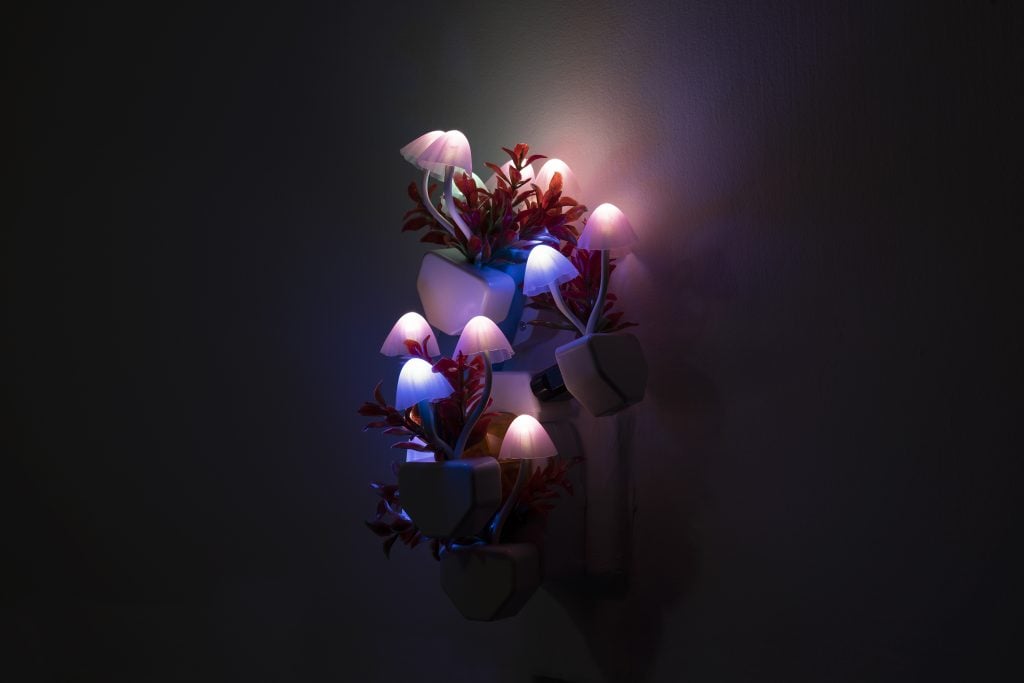
Trevor Yeung, Night Mushroom Colon (Five) (2020). Courtesy of artist and Blindspot Gallery.
Blindspot will be returning to Frieze London this year with a presentation of Hong Kong artist Trevor Yeung in the fair’s Focus section. What can we expect?
We have been working with Trevor for a long time, and Trevor has been getting more international opportunities. He has just opened a solo show with Galerie Allen in Paris and will be showing at the upcoming Singapore Biennale. He took part in Delfina Foundation’s residency program in London in spring this year. The research he did during the residency will form the basis of his solo show at Gasworks in July 2023.
This time at Frieze London we aim to create “a Trevor experience” showcasing his practice from 2010 until now, but with a very minimalistic booth featuring a large installation work and a few other works. We want this experience to be thoughtful, simple, and poetic. But our booth is located at the same high traffic spot as last year. Whether we can stage the same contemplative experience as we envisioned, we’ll have to wait and see.